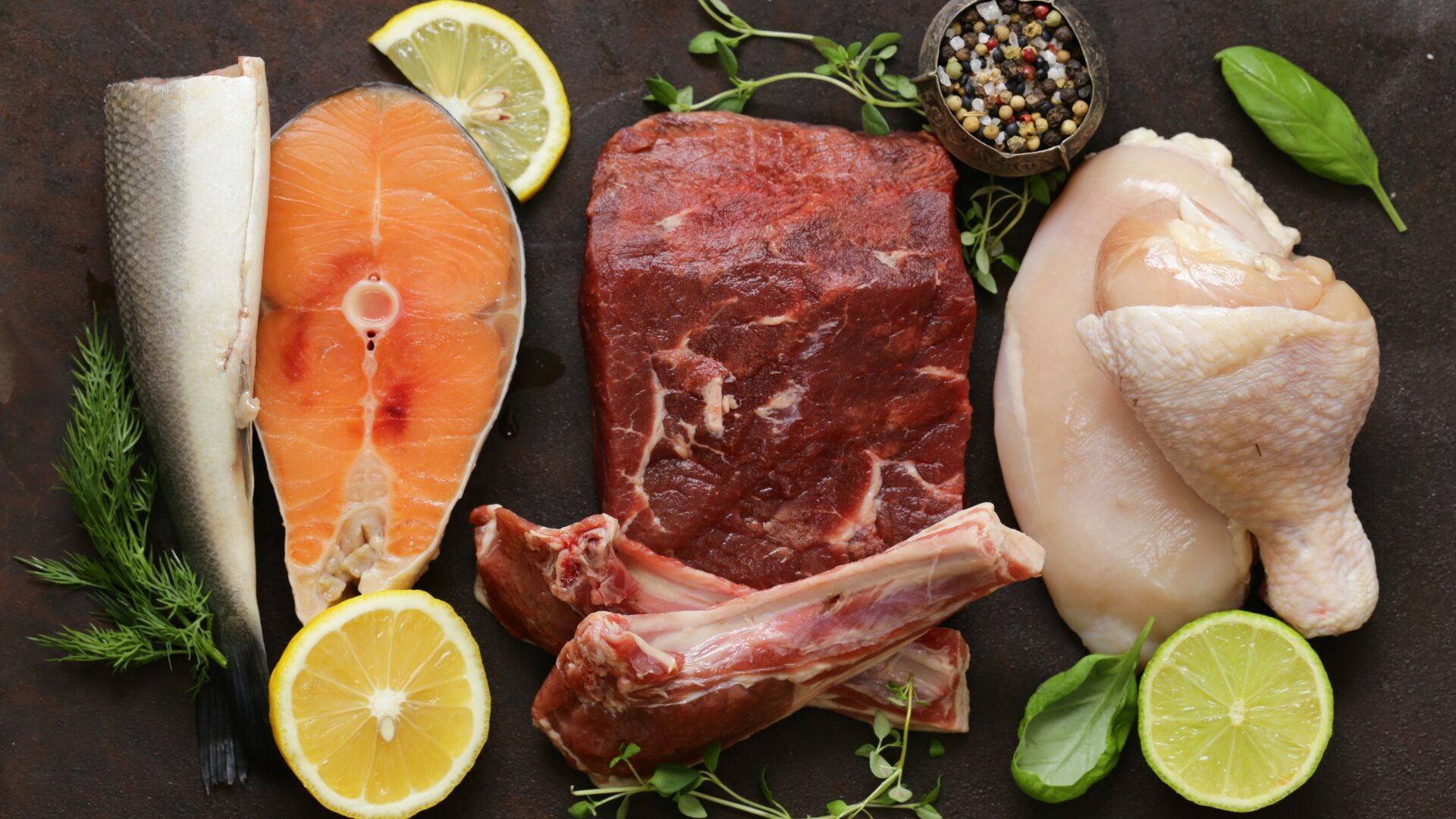A quick trip to the grocery store’s meat aisle confirms beef prices are at record highs as packers scramble to find higher grade cattle. Though some beef prices fell ahead of Memorial Day, prices are expected to stay elevated.
The number of head of cattle slaughtered was down 3.2% last week from 2022 levels, Drovers reported (May 27). Both spot and futures prices are up.
“I remain optimistic for this year’s feeder cattle market,” DTN Livestock Analyst Shayle Stewart wrote in Progressive Farmer (May 29), noting the first real test of prices this summer comes soon with the early summer feeder calf specials.
The rise in prices is the result of drought and the downsizing cattlemen did during the pandemic when it was difficult to get cattle to feedlots.
“All those sales will be worth tuning into as their markets will establish a tone for contracting calves and will begin to set a precedent for what feeder cattle prices could be in 2023,” Stewart wrote. “No one knows when the market’s yearly top for feeder cattle prices will be rung, but I’m under the impression that, if beef demand remains strong, and if drought pressures can be eased (even slightly), feeder cattle prices during the second half of the year could be a surprise as our industry is incredibly short on calves.”
Continuing drought in the southern plains has left cattlemen reeling, forcing them to buy supplemental feed to make up for dry pastures.
“Since last August, up until three weeks ago when we got a couple of inches of rain, we’ve had almost no moisture whatsoever,” Johnny Owens, who owns yearlings near Buffalo, Oklahoma, told Farm Progress (May 30). “It’s too expensive to feed all winter and this summer. Producers with cows have culled heavily and will begin liquidating herds if a turnaround does not occur within the next 30 to 60 days.”
Annual U.S. beef consumption is down annually per capita, but the amount eaten in the United States hit a high of 30 billion pounds in 2021, an 8.7% increase from 2020, Statista reported (Feb. 21).
Last year saw production of 12.6 million metric tons of beef, Statista noted.












